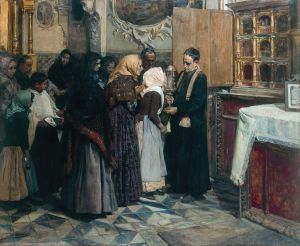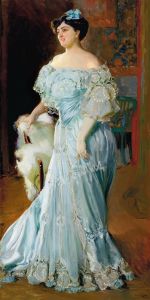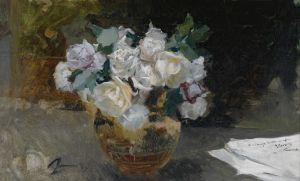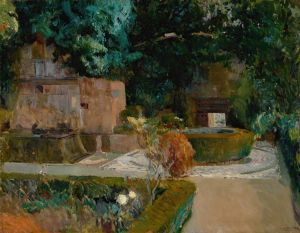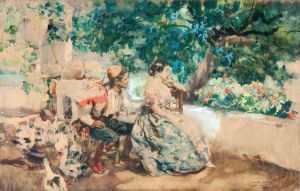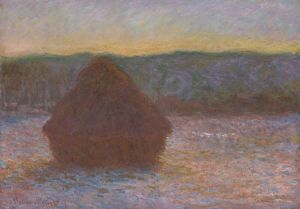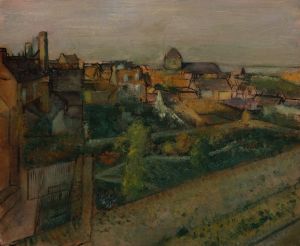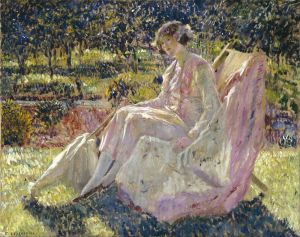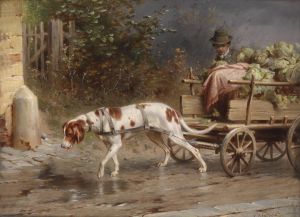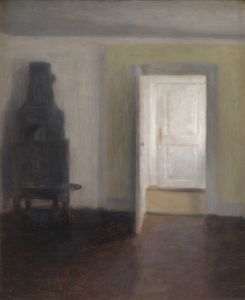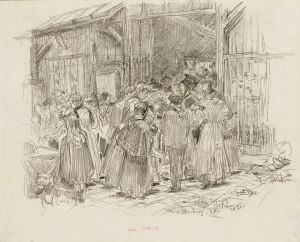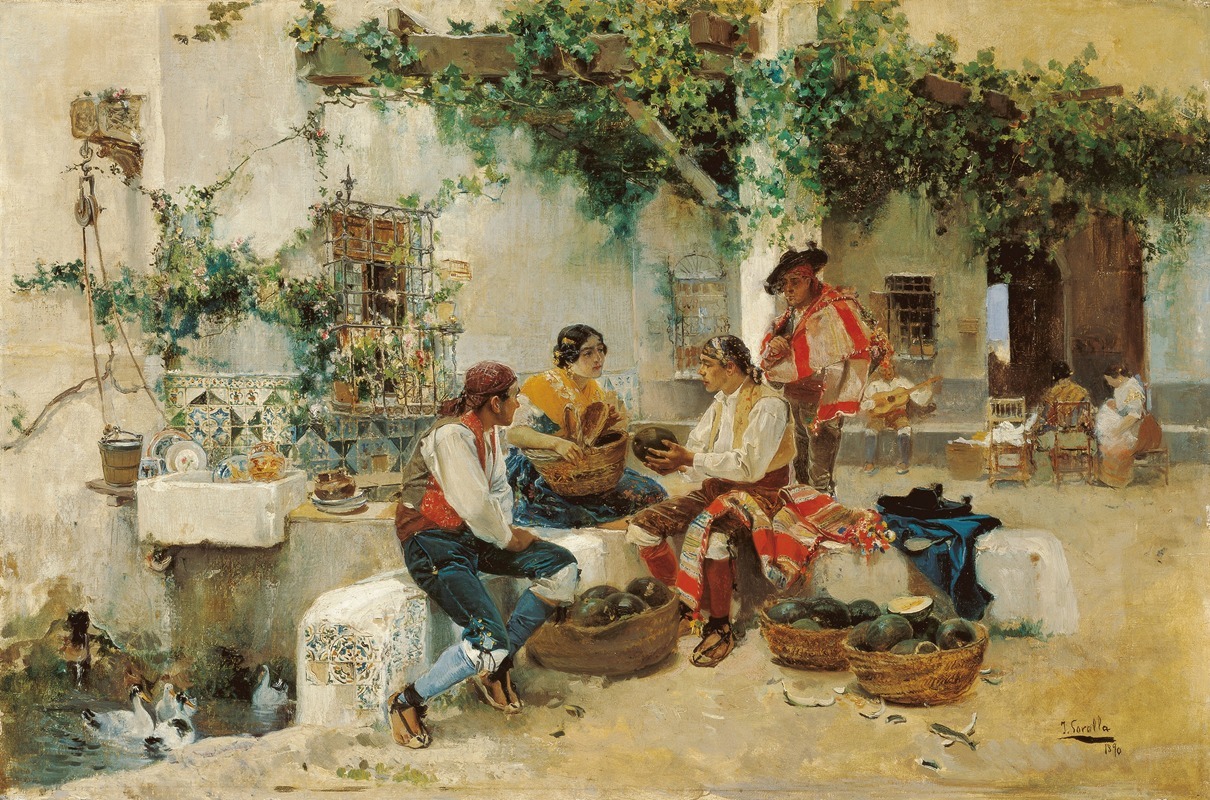
Selling Melons
A hand-painted replica of Joaquín Sorolla’s masterpiece Selling Melons, meticulously crafted by professional artists to capture the true essence of the original. Each piece is created with museum-quality canvas and rare mineral pigments, carefully painted by experienced artists with delicate brushstrokes and rich, layered colors to perfectly recreate the texture of the original artwork. Unlike machine-printed reproductions, this hand-painted version brings the painting to life, infused with the artist’s emotions and skill in every stroke. Whether for personal collection or home decoration, it instantly elevates the artistic atmosphere of any space.
"Selling Melons" is a painting by the renowned Spanish artist Joaquín Sorolla, who is celebrated for his masterful use of light and his vibrant depictions of Spanish life and landscapes. Sorolla, born on February 27, 1863, in Valencia, Spain, was a leading figure in the Impressionist movement in Spain and is often associated with the Luminism style due to his exceptional ability to capture the effects of sunlight.
"Selling Melons" was painted in 1890, during a period when Sorolla was gaining recognition for his genre scenes that depicted everyday life with a sense of realism and vitality. The painting portrays a market scene, a common subject in Sorolla's work, reflecting his interest in the daily activities and the vibrant culture of his homeland.
In "Selling Melons," Sorolla captures a moment in a bustling market where vendors and buyers interact. The composition is dynamic, with figures arranged in a way that guides the viewer's eye through the scene. The central focus is on a vendor, likely a farmer, who is selling melons. The melons are depicted with meticulous detail, showcasing Sorolla's skill in rendering textures and forms. The vendor's interaction with the customers adds a narrative element to the painting, making it not just a still life but a lively snapshot of rural commerce.
Sorolla's use of light in this painting is particularly noteworthy. He employs a bright, natural light that bathes the scene, creating strong contrasts and highlighting the freshness of the melons. The light also enhances the colors, making the scene appear vibrant and full of life. This technique is characteristic of Sorolla's work, where light plays a crucial role in conveying the atmosphere and mood of the scene.
The painting also reflects Sorolla's interest in social themes. By depicting a market scene, he highlights the importance of agriculture and trade in Spanish society. The interaction between the vendor and the customers suggests a sense of community and the everyday economic activities that sustain it. This focus on ordinary people and their lives is a recurring theme in Sorolla's oeuvre, aligning him with other realist painters of his time who sought to portray the dignity and beauty of common life.
"Selling Melons" is part of Sorolla's broader body of work that includes portraits, landscapes, and genre scenes. His paintings are celebrated for their technical excellence, emotional depth, and the way they capture the essence of Spanish culture and light. Sorolla's work has been exhibited widely, and he remains one of Spain's most beloved and influential artists.
Today, "Selling Melons" is appreciated not only for its artistic qualities but also for its historical value, offering a glimpse into the everyday life of late 19th-century Spain. Sorolla's ability to combine technical skill with a deep empathy for his subjects ensures that his work continues to resonate with audiences around the world.





